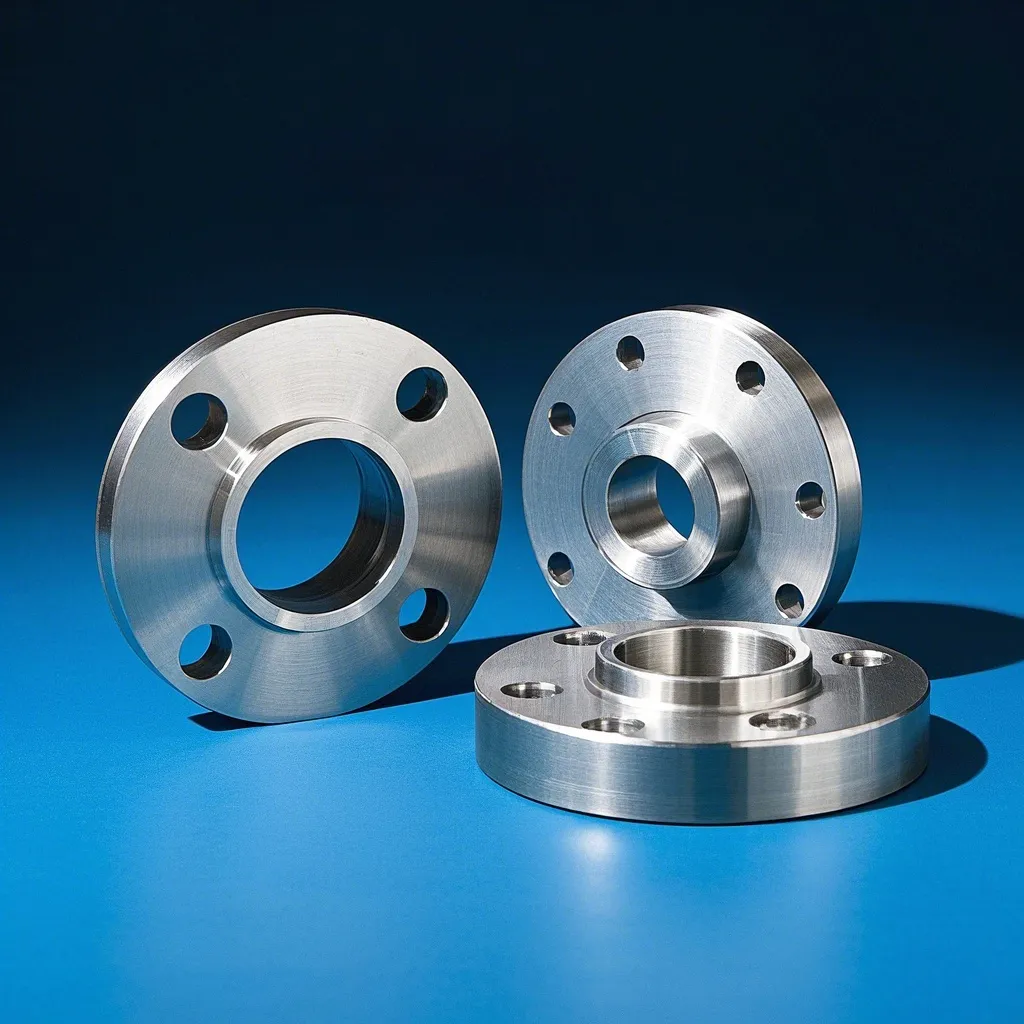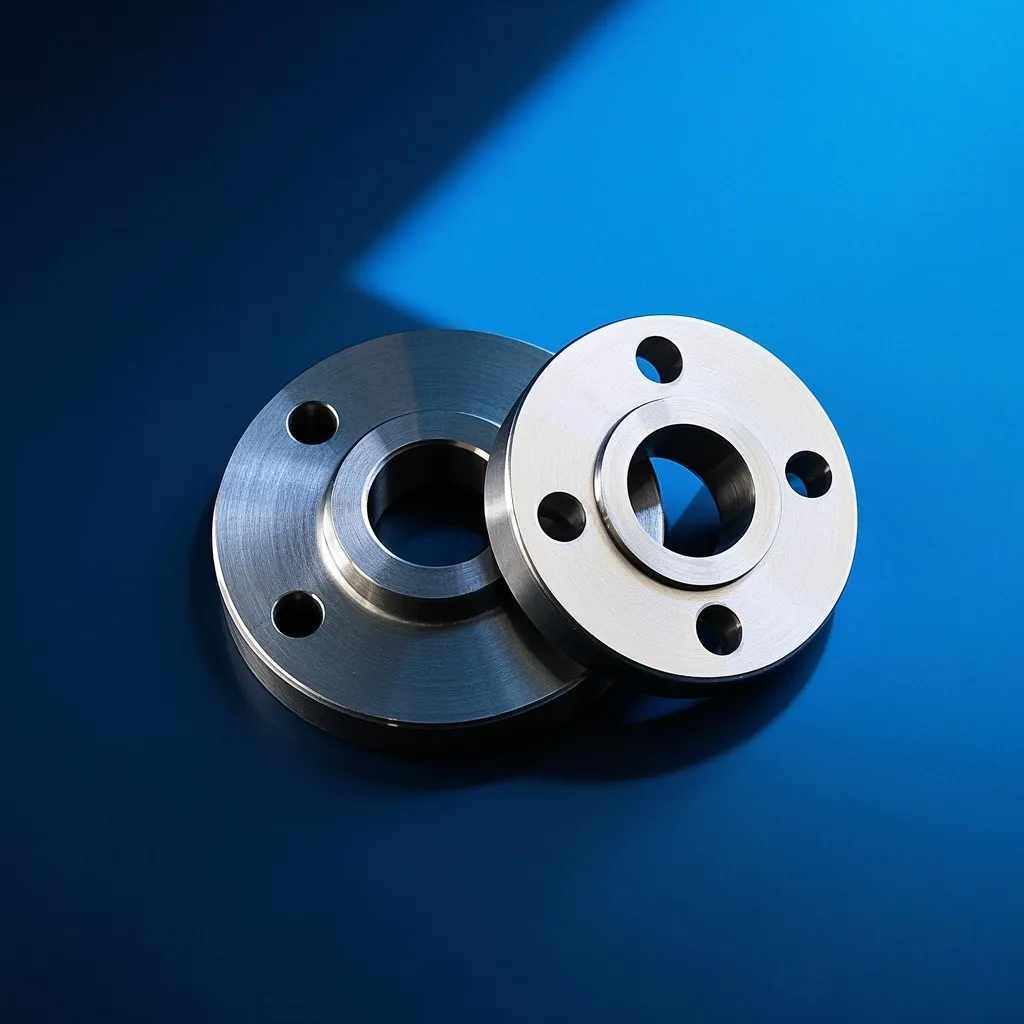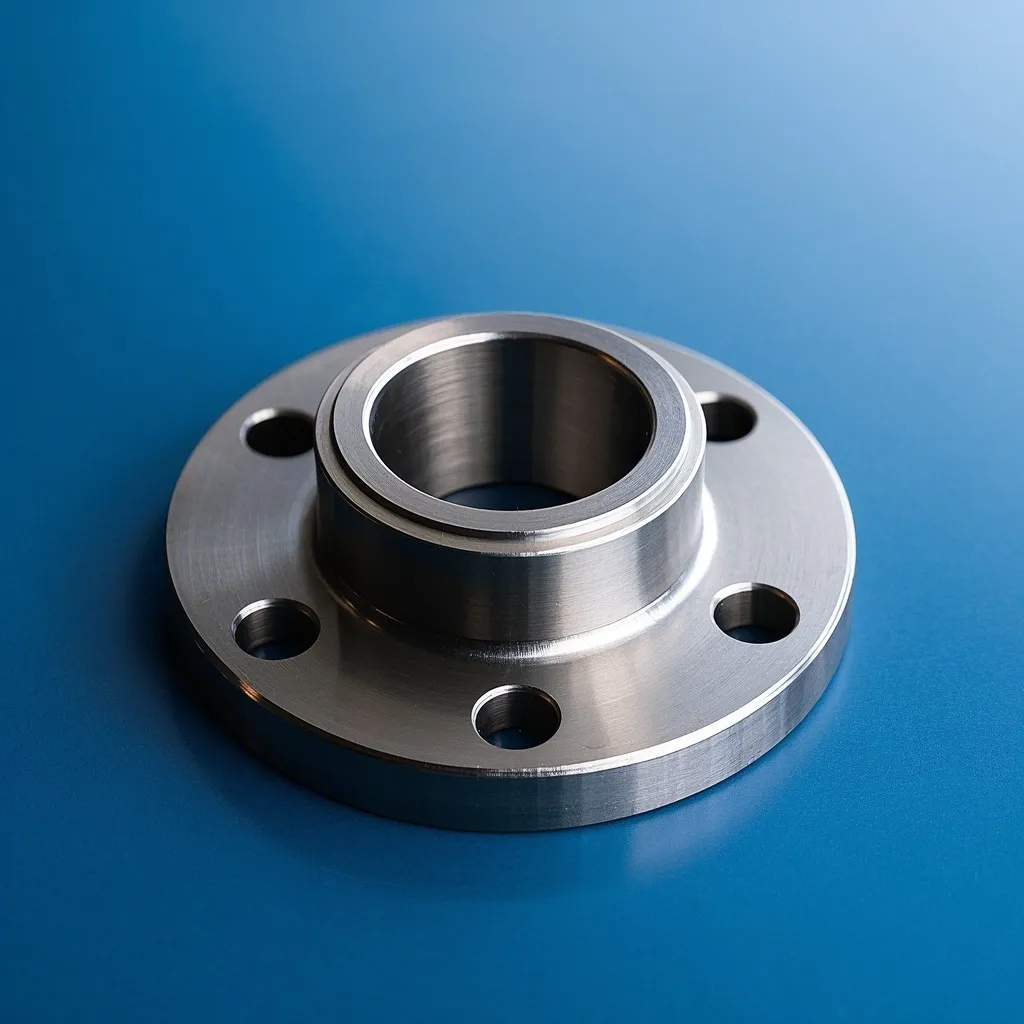-
Cangzhou Yulong Steel Co., Ltd.
-
Phone:
+86 13303177267 -
Email:
admin@ylsteelfittings.com
- English
- Arabic
- Italian
- Spanish
- Portuguese
- German
- kazakh
- Persian
- Greek
- French
- Russian
- Polish
- Thai
- Indonesian
- Vietnamese
- Zulu
- Korean
- Uzbek
- Hindi
- Serbian
- Malay
- Ukrainian
- Gujarati
- Haitian Creole
- hausa
- hawaiian
- Hebrew
- Miao
- Hungarian
- Icelandic
- igbo
- irish
- Japanese
- Javanese
- Kannada
- Khmer
- Rwandese
- Afrikaans
- Albanian
- Amharic
- Armenian
- Azerbaijani
- Basque
- Belarusian
- Bengali
- Bosnian
- Bulgarian
- Catalan
- Cebuano
- China
- China (Taiwan)
- Corsican
- Croatian
- Czech
- Danish
- Esperanto
- Estonian
- Finnish
- Frisian
- Galician
- Georgian
- Kurdish
- Kyrgyz
- Lao
- Latin
- Latvian
- Lithuanian
- Luxembourgish
- Macedonian
- Malgashi
- Malayalam
- Maltese
- Maori
- Marathi
- Mongolian
- Myanmar
- Nepali
- Norwegian
- Norwegian
- Occitan
- Pashto
- Dutch
- Punjabi
- Romanian
- Samoan
- Scottish Gaelic
- Sesotho
- Shona
- Sindhi
- Sinhala
- Slovak
- Slovenian
- Somali
- Sundanese
- Swahili
- Swedish
- Tagalog
- Tajik
- Tamil
- Tatar
- Telugu
- Turkish
- Turkmen
- Urdu
- Uighur
- Welsh
- Bantu
- Yiddish
- Yoruba

Mar . 28, 2025 18:47 Back to list
ANSI Flange vs. DIN Flange
When selecting flanges for piping systems, engineers and procurement managers often face a critical choice: ANSI (American National Standards Institute) or DIN (Deutsches Institut für Normung) standards. Both systems dominate global industries, but their differences in design, pressure ratings, and regional adoption can significantly impact project outcomes. As a trusted flange manufacturer with decades of experience, Yulong bridges these standards, offering tailored solutions for diverse industrial needs. Let’s dive into a technical comparison and explore how to make the right choice.
1. Key Differences Between ANSI and DIN Flanges
1.1 Design & Dimensional Standards
ANSI Flanges:
Governed by ANSI B16.5 and B16.47, ANSI flanges feature standardized dimensions for North American markets. They use imperial measurements (inches) and prioritize compatibility with ASME pressure vessel codes. Common types include weld neck, slip-on, and blind flanges.
Notable Trait: Raised face (RF) or flat face (FF) sealing surfaces.
DIN Flanges:
Compliant with DIN 2501, 2527, and 263x series, DIN flanges follow metric measurements (millimeters) and are widely adopted in Europe and Asia. The PN (Pressure Nominal) rating system defines their pressure classes (e.g., PN10, PN16).
Notable Trait: Often includes a ribbed sealing surface for enhanced gasket retention.
Yulong Insight: Our dual-standard production lines ensure precise adherence to ANSI and DIN specifications, minimizing compatibility risks in multinational projects.
1.2 Pressure Ratings & Temperature Tolerance
Pressure capacity varies significantly due to differing calculation methods:
-
ANSI Classes: 150, 300, 600, 900, 1500, and 2500 psi.
-
DIN PN Ratings: PN6 to PN100 (equivalent to 10-100 bar).
| Standard | Max Pressure (ANSI Class 150) | Temperature Range |
|---|---|---|
| ANSI B16.5 | 285 psi at 100°F | -20°F to 1,000°F |
| DIN PN16 | 232 psi at 120°F | -4°F to 752°F |
Yulong Advantage: We use ASTM A105 and DIN 1.4301 stainless steel to enhance pressure and temperature resilience, exceeding baseline standards by 15-20%.
1.3 Regional Preferences & Industry Applications
-
ANSI Dominance:
-
Industries: Oil & gas, chemical plants (U.S., Canada, Middle East).
-
Use Case: High-pressure pipelines in offshore drilling rigs.
-
-
DIN Dominance:
-
Industries: Water treatment, pharmaceuticals (EU, China, Southeast Asia).
-
Use Case: Low-to-medium pressure systems in food-grade processing plants.
-
Yulong Case Study: A German biogas client required DIN PN40 flanges for corrosive environments. We delivered electro-polished 316L stainless steel flanges with custom gasket grooves, reducing leakage incidents by 90%.
2. How to Choose ANSI vs. DIN Flanges
2.1 Project Scope & Location
-
Opt for ANSI if:
-
Your supply chain serves North America.
-
Systems require ASME-certified pressure vessels.
-
-
Choose DIN if:
-
Operating in EU-regulated industries (e.g., CE-marked equipment).
-
Metric pipe systems are already in place.
-
2.2 Cost & Lead Time Considerations
-
ANSI Flanges: Higher material costs due to thicker designs but easier sourcing in the Americas.
-
DIN Flanges: Cost-effective for metric systems but may require longer lead times in non-EU regions.
Yulong’s Hybrid Solution: We stock ANSI and DIN flanges in carbon steel, stainless steel, and alloy variants, offering 30% faster delivery through our global warehouses.
3. Why Partner with Yulong?
3.1 Precision Manufacturing
Our CNC-machined flanges undergo 3-stage QA checks, ensuring:
-
Surface finish ≤3.2 μm Ra (DIN) or 125-250 μin (ANSI).
-
Bolt-hole alignment within ±0.5mm tolerance.
3.2 Customization Capabilities
-
Material Adaptability: From Duplex steel for sour gas service to PTFE-coated flanges for chemical resistance.
-
Non-Standard Sizes: Tailored DN650 (DIN) or Class 900 (ANSI) flanges for unique industrial setups.
3.3 Sustainability Commitment
-
95% recycled steel utilization.
-
ISO 14001-certified production facilities.
4. Frequently Asked Questions of ANSI and DIN Flanges
Q: Can ANSI and DIN flanges be used together?
A: Technically possible with adaptors, but mismatched pressure ratings risk system failure. Yulong recommends standardizing flange types for safety.
Q: Does Yulong provide certification for ANSI and DIN flanges?
A: Yes. All flanges include MTCs (Mill Test Certificates) and comply with PED 2014/68/EU (DIN) or ASME Section IX (ANSI).
Q: What’s your lead time for bulk for ANSI and DIN flanges orders?
A: 15-20 days for 500+ units, with expedited shipping options.
Choosing between ANSI and DIN flanges hinges on regional standards, pressure demands, and operational environments. With Yulong, you gain more than a supplier – we’re a partner offering technical guidance, rapid logistics, and unwavering quality.
Contact Yulong today to request a free flange selection guide or discuss your project’s unique requirements. Let’s build safer, more efficient piping systems together!



Latest news
-
ANSI 150P SS304 SO FLANGE
NewsFeb.14,2025
-
ASTM A333GR6 STEEL PIPE
NewsJan.20,2025
-
ANSI B16.5 WELDING NECK FLANGE
NewsJan.15,2026
-
ANSI B16.5 SLIP-ON FLANGE
NewsApr.19,2024
-
DIN86044 PLATE FLANGE
NewsApr.19,2024
-
DIN2527 BLIND FLANGE
NewsApr.12,2024
-
JIS B2311 Butt-Welding Fittings LR/SR 45°/90° /180°Seamless/Weld
NewsApr.23,2024
-
DIN2605-2617 Butt-Welding Fittings LR/SR 45°/90°/180° Seamless/Weld
NewsApr.23,2024











